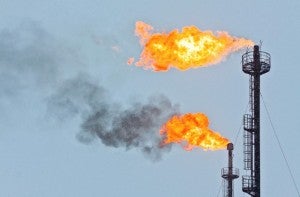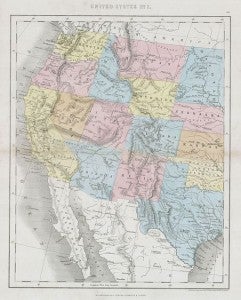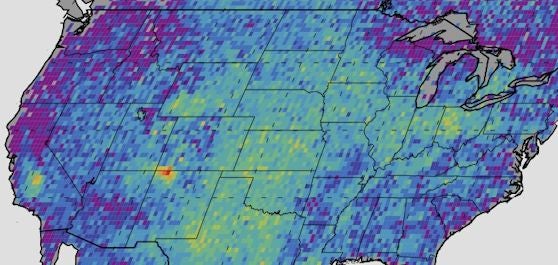By Peter Zalzal and David Lyon

With families across the country starting back to school this week, the official summer season may be gone, but the ozone season is still in full swing.
Ozone, more commonly known as “smog” is a harmful air pollutant that results in respiratory ailments like asthma and can even lead to premature death. For too many Americans, ozone pollution makes the activities that we enjoy doing outdoors in the summer difficult or even impossible. And in recent years, ozone—once a summertime phenomenon impacting mostly larger cities—now affects rural parts of the country and can persist throughout the year. In fact, rural Wyoming and Utah have experienced elevated ozone levels in the winter on par with some of the larger cities in the country. Read More










 A
A  The Clean Power Plan oral argument is coming up soon. On September 27, attorneys will present their arguments in front of the full U.S. Court of Appeals for the D.C. Circuit.
The Clean Power Plan oral argument is coming up soon. On September 27, attorneys will present their arguments in front of the full U.S. Court of Appeals for the D.C. Circuit.
 By Andrew Strong, VP of Strategy & Business Development at LOHAS Capital
By Andrew Strong, VP of Strategy & Business Development at LOHAS Capital